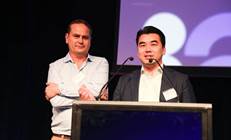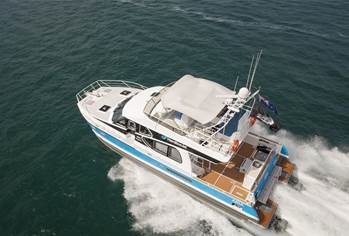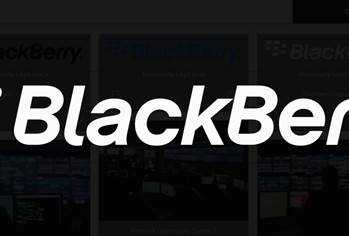Investing in stability

ME Bank's decision to run on Windows Server 2012 might not be as surprising as its decision to roll out SQL Server 2012, the most current version of the database platform.
"A lot of organisations would be conservative and say, 'Well, we'll get [SQL Server] 2008 for example because we always go N minus 1," Richards said.
"We really wanted to take the opportunity to leverage the new features [of SQL Server 2012".
The bank was particularly keen on failover advances in 2012, which are typically targeted at high-availability uses such as for core banking.
Richards was buoyed by Temenos' support for the latest version of SQL Server. "Assuming that our vendors were going to be able to support us ... we really wanted to be able to go to 2012 as part of this implementation."
Another reason ME Bank didn't go with an older version of SQL Server was that Richards saw it as having had enough time-in-market to be considered stable.
"We're going live [with the core banking system] in February next year, so [SQL Server] 2012 will have been in the marketplace for coming up to two years by that point anyway," he said.
"We were pretty comfortable that any sort of problems, bugs, whatever, would have been discovered.
"I don't think we're being early adopters in that respect."
Richards also considered database stability from another perspective.
"We really wanted to ... get in the position where we knew we were going to be fully supported from the [database] platform point-of-view and not driven into an upgrade path for at least five years," he says.
"I mean, hopefully we'll upgrade before then but it just gives you that bit of breathing space.
"You're not on the back foot from day one."
Go-live... and beyond
While the core banking platform is due to go-live in February 2014, ME Bank expects to have the technical systems stood up and ready in October this year.
From there, employees are to undergo "about four-to-five months work of training" until the system is switched on.
"This is a big change for the organisation," Richards said. "It impacts the whole organisation really.
"From a technical platform point of view, we wanted to be able to stand up the environment and do full testing ... in a very thorough way.
"What we don't want to do is be kind of challenged for timelines, trying to work around people doing training and UAT [user acceptance testing] and that kind of stuff".
Richards sees the environment as "a platform we're intending to keep for 10-plus years ... so we've got to make sure we get it right from a technical point of view."
However, there could be some backend changes down the track. Richards previously flagged the possibility of a future migration of banking platforms into the cloud, and thinks the days of running server iron internally might be numbered before the decade is up.
"In four years' time when we looking to refresh our infrastructure, are we going to retain our infrastructure on premise at that point?" he said.
"I don't know, I'd be surprised if we could make a case stand up to actually have on-premise [hardware] at that point."


.png&h=140&w=231&c=1&s=0)
_(22).jpg&h=140&w=231&c=1&s=0)







 iTnews Executive Retreat - Security Leaders Edition
iTnews Executive Retreat - Security Leaders Edition










_(1).jpg&h=140&w=231&c=1&s=0)



